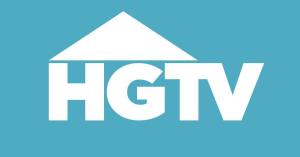After several days of deliberation, Senate Republicans have unveiled a rough outline of the proposed second stimulus act. The Health, Economic Assistance, Liability Protection and Schools Act, otherwise known as the HEALS Act, is once again aiming to keep the economy afloat amid the coronavirus pandemic. However, with a $1 trillion budget, it’s just under half of what was spent on the CARES Act, meaning the second (and likely final) stimulus package will have some noteworthy differences.
As Tax Foundation noted, the bill does include a second stimulus check, although it will likely be the last one. Like the first one, it will be $1,200 or $2,400 for couples. Dependents will get $500 as well, although the HEALS Act does allow for any dependents, whereas the CARES Act limited them to 17 or younger. The income threshold will be lower, down from $99,000 to $75,000. Those who make above that amount will have their check scaled back in a system similar to the one used prior.
Videos by PopCulture.com
Enhanced unemployment benefits are included, although they’ll be significantly less than the $600 a week that just expired, with the widespread consensus coming in at roughly $200 a week. White House Economic Advisor Larry Kudlow also talked about a system that will cap unemployment benefits at 70 percent of someone’s salary. However, that will involve individual states to set up the necessary arrangements to accommodate that demand, which is estimated to take anywhere from two to five months.
There is also funding for enhanced coronavirus testing and contact tracing, to the tune of $16 billion, as well as $26 billion for vaccine development. Schools will also get $105 billion, split between K-12 and higher education, along with $5 billion per governor to use at their discretion. However, some of the funds will only be available to schools that comply with President Donald Trump‘s repeated insistence that schools reopen come fall.
Aid for small businesses has also been factored in, though the specifics are likely to be one of the most significant points of contention for Democrats. While Republicans have pushed for businesses with 300 or fewer employees to get another crack at the Paycheck Protection Program, they’re also pushing for limited liability protections. These would make businesses, and possibly schools, immune from responsibility should people end up contracting COVID-19, which Democrats are against.
Granted, there’s no concrete timeline, beyond the pressure by constituents to pass something before the upcoming August 7 recess. It’s also possible provisions of this bill could be broken up into smaller packages, though that depends on negotiations with Democrats in both the Senate as well as the House (where they hold the majority), not to mention approval from Trump himself.









